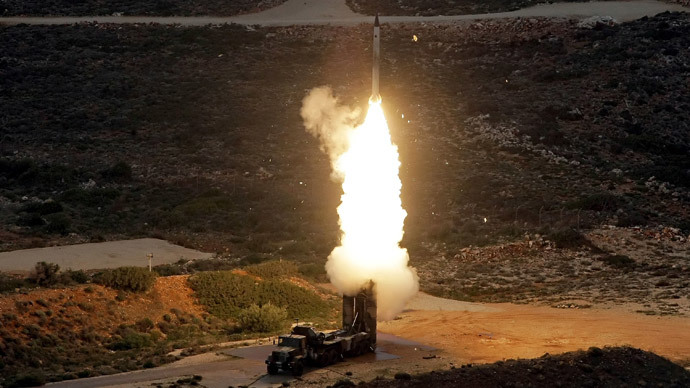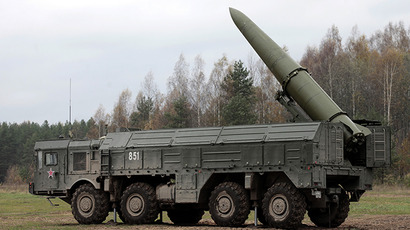Iran: Homemade air defense system to be ready in 2 yrs, ‘better than S-300’

Iran’s top air defense commander has announced that the country will launch its Bavar-373 (‘Belief-373’) missile defense system, Iran’s version of Russia’s S-300 long-range system, in the next two years.
Technical problems hampering construction of Bavar-373 have been
resolved, and development and construction of the sophisticated
anti-missile defense system would be completed by the end of
Iran's Fifth Five-Year Development Plan (2010-2015), Brigadier
General Farzad Esmaili told the Fars news agency Saturday.
The Iranian commander revealed Iran’s high expectations for the
system.
“We hope to witness a very good system with higher
capabilities than the (Russian) S-300 in our air defense
structure by the end of the [Development] Plan,” he said.
“The indigenized system will be more powerful than S-300
missile system.”
In May, another high-ranking military commander Farhad Amiri said
Iran would soon unveil its domestically produced long-range
air-defense missile system.
Earlier Tehran hoped to complete the system by March 2014.
The Russian S-300 version of the missile shield can track about
100 in-air objects simultaneously, destroying some of them.
According to Tehran, the Iranian model has a higher targeting
capability “among its other optimized features.”
Iran has been forced to domestically design and build its own
defense system after a contract to purchase five Russian S-300
missile defense systems fell through in 2010 due to UN-imposed
sanctions over the country’s nuclear program.
Although Iran says its nuclear research is for peaceful civilian
purposes, some countries fear the country is attempting to build
a nuclear weapon.
After a number of international deliberations on the issue,
negotiators appear to be making some progress on reaching nuclear
deal with Tehran.
In November, Iran agreed to halt its most sensitive nuclear work
for six months in return for sanctions relief worth as much as $7
billion.
Iranian Foreign Minister Mohammad Javad Zarif will meet EU
foreign policy chief Catherine Ashton on Monday in Vienna. The
following day, diplomats from China, France, Germany, Russia, the
UK and US, members of the so-called P5+1, convene meetings with
their counterparts from Iran.
Dozens of corporations have paid visits to the country since
President Hassan Rouhani was elected to office in August,
bringing an end to the rule by hardliner ex-president Mahmoud
Ahmadinejad.
Access to the Iranian market, however, may still be a long way
off.














